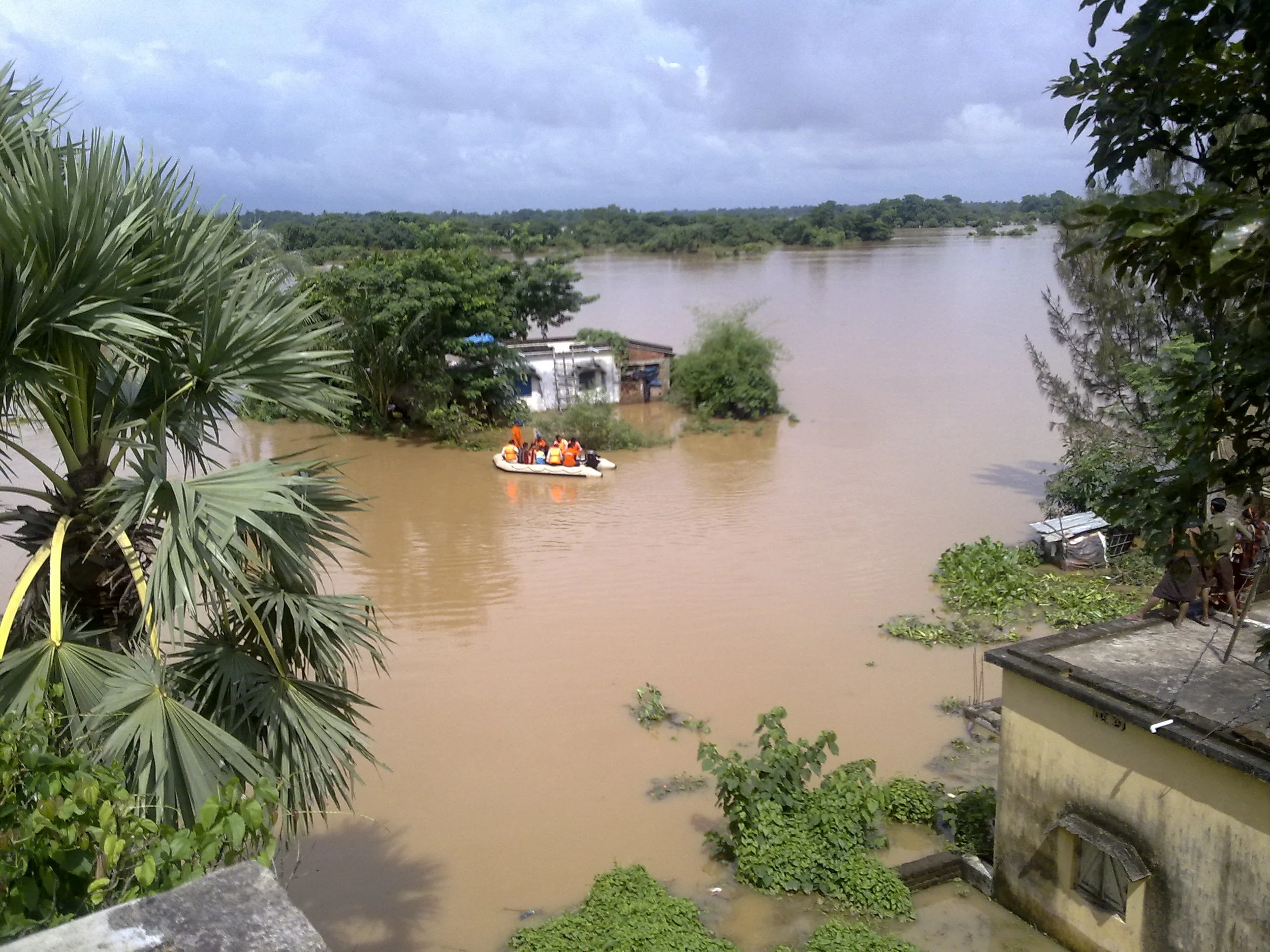Flooding and the Smart City
There is perhaps no better time to launch our monthly blog than by addressing the catastrophic flood in Kerala.
Natural disasters such as flooding in Kerela, Chennai, and even Bhubaneswar (ranked in our Top 50 for its Government's commitment to youth-led smart city programmes) remind us of the importance of urban resilience as a key smart city objective.
Floods will increasingly test even the world's smartest cities in a time of extreme weather. This is critical not only in India, where more than half of its smart cities are prone to floods, but also among top-ranked cities such as London, Singapore, and New York.
Smart City Governments therefore need to take a systems-wide view towards preventing similar tragedies from re-occurring.
1. Intelligence. City officials first have to understand when and where flood are imminent. Kerela was recently identified among the Indian 10 states most vulnerable to flooding, yet only has a flood monitoring system, not a flood forecasting system. In contrast, Buenos Aires complements weather reports and citizen alerts with sensors in over 30,000 storm drains that measure 'live' water levels, direction, and speed to prioritize areas for emergency response and to restore critical services.
2. Human factors. Sensors and algorithms are also helpful to establish adequate levels of vigilance and response, either in calibrating the right levels of dam water releases, the maintenance of watercourses, drainage and sewer networks, or for long term urban and infrastructure planning.
3. Inspiration from nature. As stormwater runoff increases due to concrete infrastructure, urban planners are also incorporating green infrastructure such as avenue trees to reduce flood-related landslides; permeably-paved roads that limit stormwater runoff; retention and detention ponds, green roofs, and rain gardens to absorb rainwater; landscape elements such as bioswales that remove debris and pollution from surface runoff water; as well as floodplains that increase the capacity of drainage channels as a buffer zone, while expanding public spaces.
There are many other solutions that range from better urban planning and regulatory enforcement, to 3D mapping and simulations, tidal surge barriers, and flood insurance. Rebuilding Kerala will be an opportunity to explore many of these options.
However, the true resilience of a city is also observed in the response of its people. The floods in Kerela and Chennai saw not only emergency services but also its people rallying together to help one another, which was no less a story of humanity worth celebrating than any technological investment.

